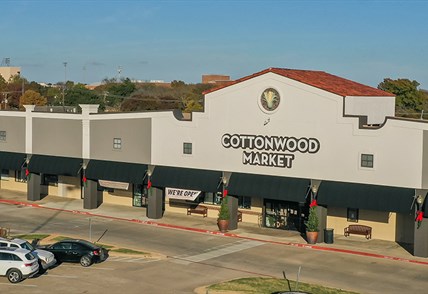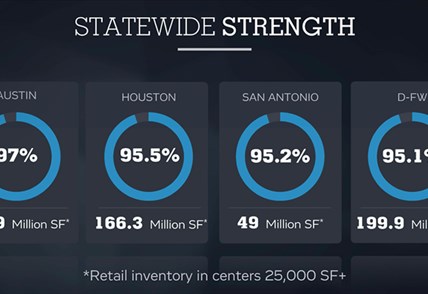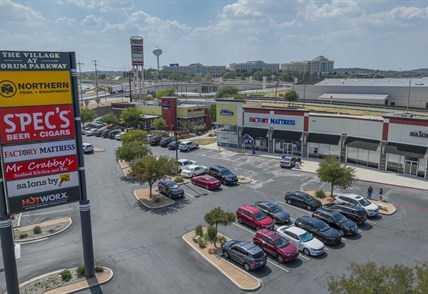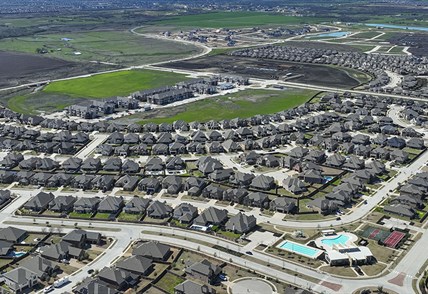By Marshall Mills, President and CEO, Weitzman
In a recent episode of a TV comedy set in the 1980s, the
“mom” character shows up at her favorite department store, Gimbels. Once there,
she finds a going-out-of-business sign. Dismayed, she wonders how a powerhouse
like Gimbels could fail.
She exclaims in shock, “That's like saying Blockbuster Video
shut down, or B. Dalton Books, or Circuit City.”
As we all know, each of those retailers, along with many
others, are no longer in business, despite their one-time dominance. (Gimbels,
in fact, was once the country’s largest department store chain, famed as the
locale for the 1947 film “Miracle on 34th Street”.)
All failed for various reasons, but most importantly was
their failure to recognize and react to retail trends. And despite all of the
focus on retailers closing today, these failures are not a new phenomenon. The
fact is, retailers have always been subject to failure if they fall behind the
competition, as Gimbel’s did during the long-ago 1980s.
But retailers today have tools at their disposal that yesterday’s
concepts could only dream of.
They have multiple channels to reach their target customers
before, during and after visits to the store,
They can create loyal customers through a mix of marketing,
digital and brick-and-mortar outreach, and they can enhance sales by being
everywhere the customer shops, whether that’s in the store, on a desktop or
with a smartphone.
But what can we, the development and property management
community, do to help our retail tenants succeed?
We have to first consider the customer, who as noted has
more options for purchases than ever before. To ensure retail center success in
this environment, we must consider what today’s customer wants:
•Communications
that are personalized and relevant
•Shopping
centers that are convenient and experiential
•Offers
that are tailored to the customer’s needs and preferences.
Easier said than done, right? So what steps can we, as
retail property managers or professionals, consider? For our managed retail portfolio,
they include:
•Custom
websites and search engine optimization (SEO) for each center to ensure it
achieves a high ranking when customers are searching the web. SEO can tell us
in real time what works – and what doesn’t.
•Digital
and social media strategies aligned with the center’s and its retailers’
objectives and which speak directly to immediate trade area residents and
professionals.
•Certified
marketing professionals maintaining the program and measuring results against
objectives.
•The opportunity
to participate in highly strategic digital ad campaigns that capture ‘active’
users within a 2 or 3-mile area of the shopping center.We work with our retailers, for example, on
targeted but very affordable Facebook and other digital campaigns.
Without a doubt, today’s retailers and retail professionals
face a challenging environment. But now, more than ever, we have the tools to
understand those challenges and turn them into opportunities.
|As seen in D Magazine:
https://www.dmagazine.com/commercial-real-estate/2017/11/cre-opinion-retail-tools-to-stay-relevant/
insights

market insight
New tools keep retailers relevant



